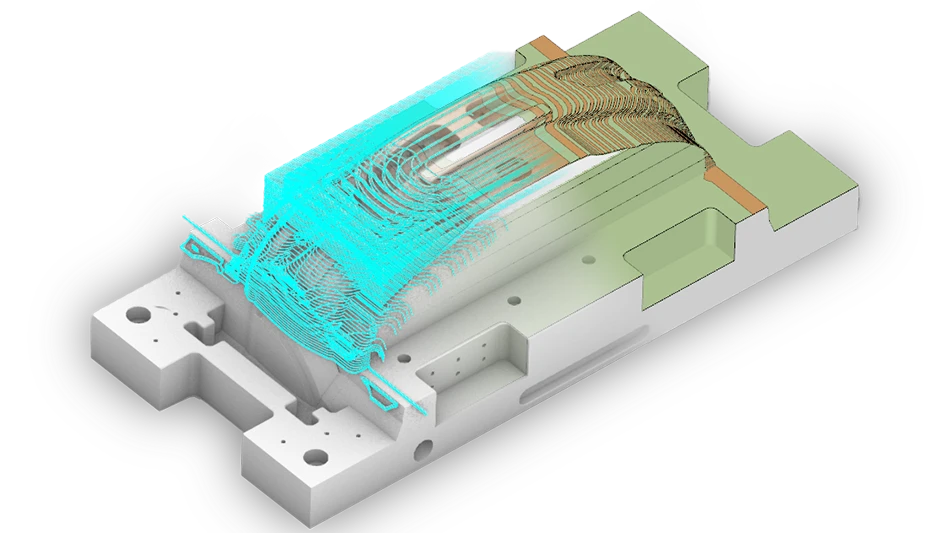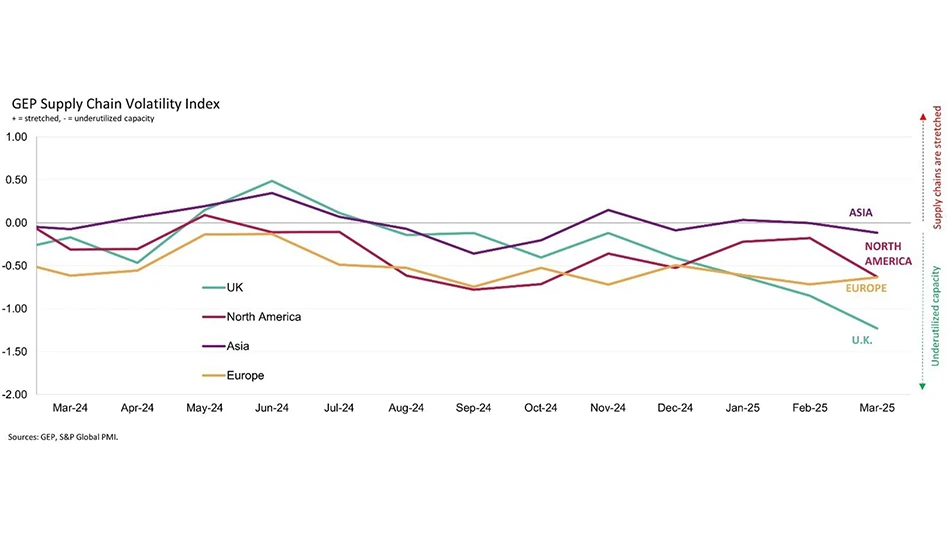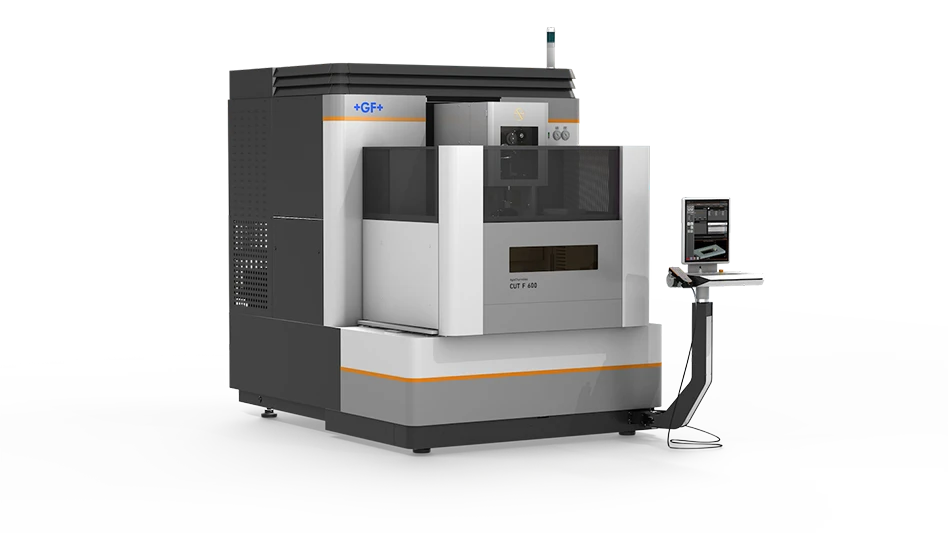
Have you ever found yourself using acronyms while speaking with someone only to realize they seem confused with the conversation?
We all assume if we’re in healthcare we all speak the same language and when it comes to using acronyms that we’re all on the same page with what they mean. Well, not always.
Let’s take the commonly used term MDR. It stands for Medical Device Registration. It also means multi-drug resistance, medium dose rate, medical device reporting, multiple disease resistance, minimum daily requirement, and a few more definitions too.
If you’re in medtech, MDR will mean one thing, but talk to someone whose world merges with a bit of pharma and the acronym’s meaning could be completely different.
It is also true for acronyms such as:
- RR: Respiration rate, recovery room, regular rhythm, reflective relation, rapid rehabilitation
- CT: Computed tomography, chemo therapy, conventional therapy
- BP: Blood pressure, blood pollution, bacterial pneumonia, Bell’s palsy
- RN: Registered nurse, residential nurse, release notes (software updates)
- MD: Medical doctor, muscular dystrophy, medical device, medical design, medical department
These are just a few examples if you are talking to someone in the U.S., but what if you are talking with someone from the UK? This becomes even more confusing. Take AED for example. It means automated external defibrillator in the U.S. but in the UK, AED stands for an emergency room.
And then you have the acronyms that are different yet mean the same thing, ECG or EKG is a great example. People often ask what’s the difference and the answer is none. They’re both an electrocardiogram if you’re referring to the measurement of the electrical activity of your heart. However, EKG is often used to avoid confusion with another abbreviation for ECG referring to an electroencephalogram also confused with EEG, a test to measure brain waves.
Yes, you said it, this can be so confusing!
As M&A advisors exclusively in the world of healthcare we speak with acronyms just as you do. We realized recently, though, that M&A acronyms can complicate conversations even further.
For example, if someone talks to you about an IOI, do you know what they’re referring in M&A? It’s not about idiopathic orbital inflammation. And if you know, is it the same as an LOI or are you thinking about loss of imprinting (LOI) if you are in the cancer field? As you read this column you can Google the answer but think about it during a live conversation if they are mentioned in the same sentence. IOI and LOI are certainly not the same acronyms. They’re different and have different implications. An IOI is an indication of interest (not an official commitment). On the other hand, an LOI (letter of interest) is more official, often including an amount for the deal and marks the start of the process where an official offer letter will be forthcoming.
One more acronym to look at: CIM. If you are in critical care, you will think critical illness myopathy, or if you are in oncology it may mean complementary and integrative medicine. In M&A a CIM is a confidential information memorandum which comes after an NDA (non-disclosure agreement, not a new drug application) is signed and helps a potential acquirer confirm his/her interest with an IOI and which in turn, will help define value further for an LOI. Easy enough?
As you engage in conversations with clients, friends, and peers alike, it might be helpful to spell out or at least explain the context of your acronyms to make certain the person across from you can understand what you’re referring to.
Cheers to your success!
MedWorld Advisors
https://medworldadvisors.com

Explore the March 2024 Issue
Check out more from this issue and find your next story to read.
Latest from Today's Medical Developments
- Unlocking GenAI's potential: Insights from the Supply Chain Horizons 2025 report
- Celebrating 75 years of innovation at Jorgensen Conveyor and Filtration Solutions
- Free webinar to offer expert advice on optimizing machining operations
- How collaboration between companies can elevate manufacturing
- AI meets innovation: Cambridge's device transforms heart screening
- Mazak and Premier Engineering team up for greater agility in Florida
- Struggling with inventory or supply chain pressures? Find answers in our free webinar
- Free webinar: Advanced manufacturing solutions to support the Navy





